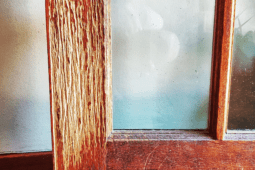How to Find the Center of a Circle | Finding the Exact Center of a Circle
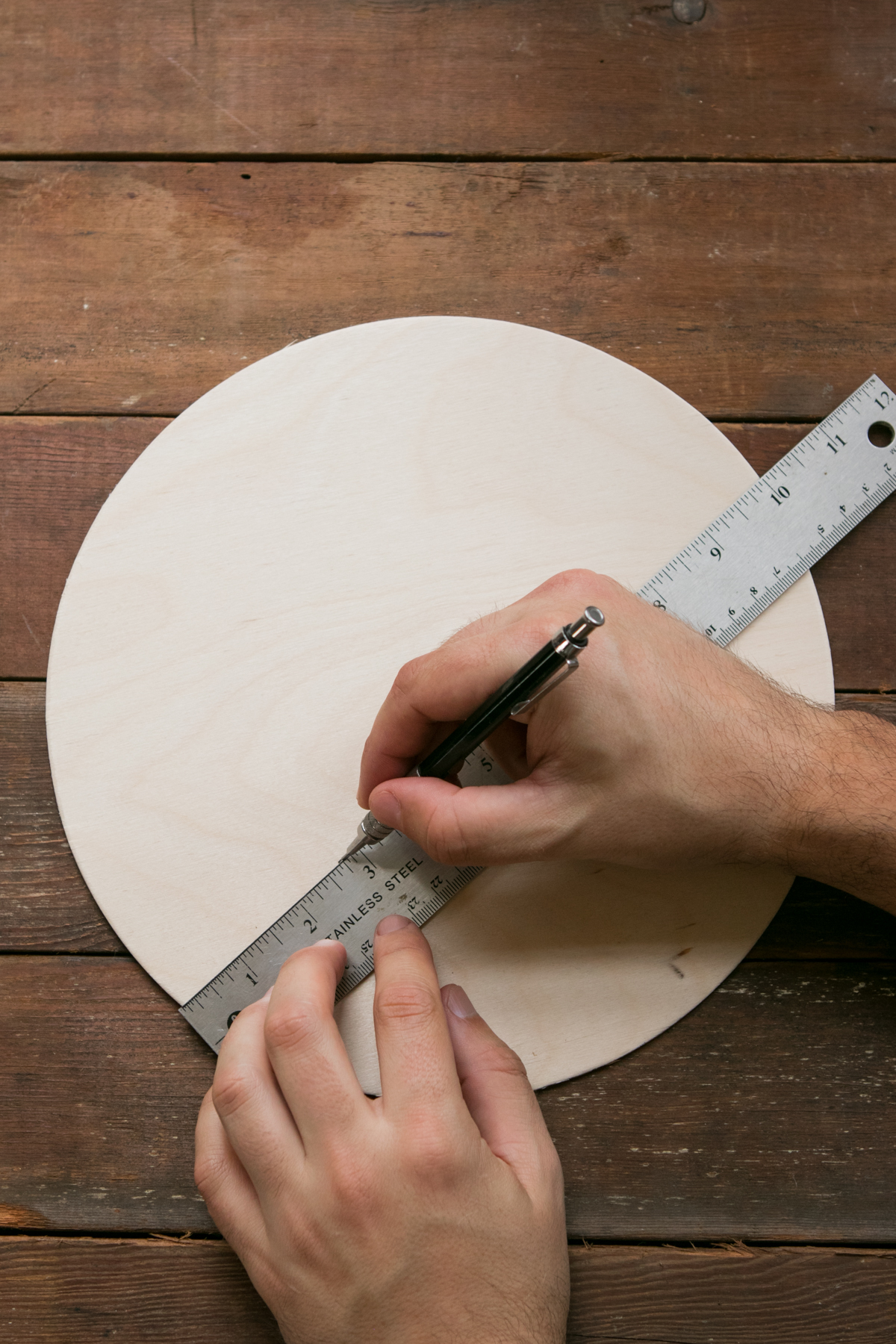
Often, when it comes to DIY projects, we create our own circles by starting from a center point. Whether a compass, string guide, or specialized cutting jig, a circle emerges from our pencils or saws precisely because we’ve created an established and consistent distance from a single origin.
But, what happens when the shape already exists, and you need to know how to find the center of a circle? You can do it in less than a minute without any specialized math, memorizing a formula, or even knowing what pi is.
How to Find the Center of a Circle
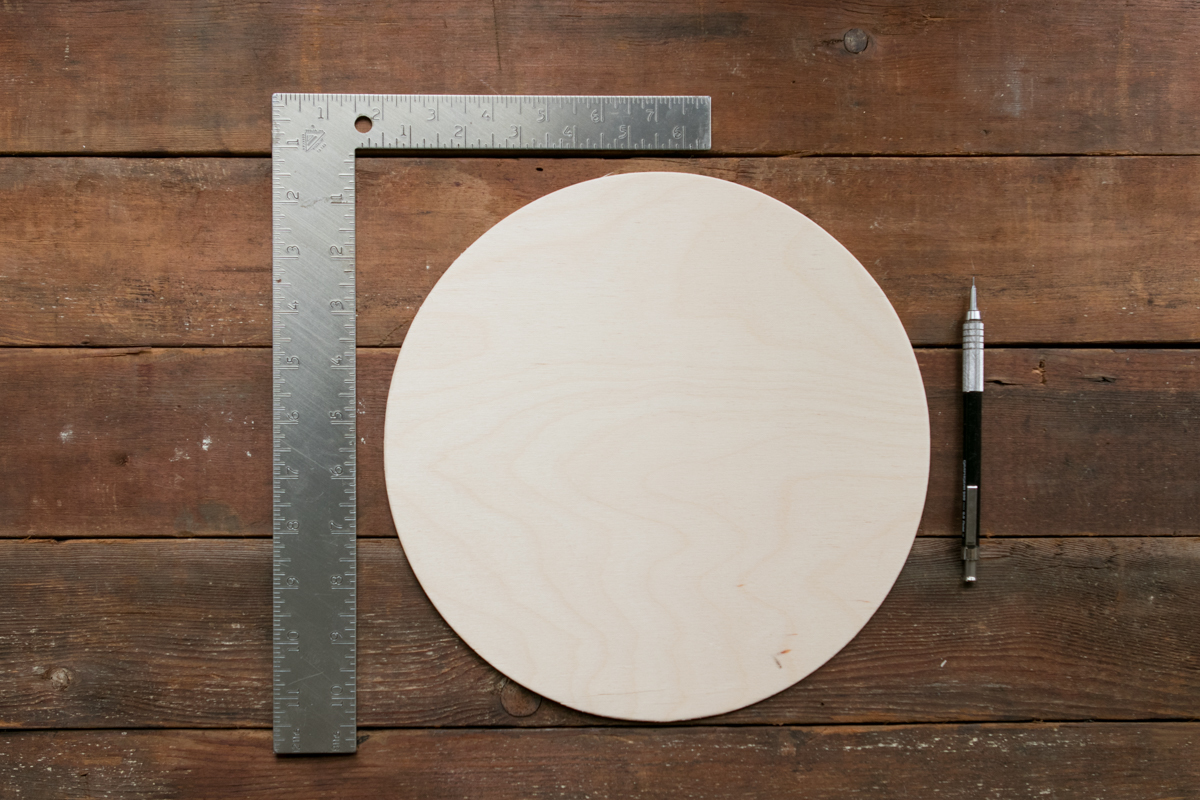
The tools you need for this are simple: a ruler, a pencil, and a 90° square (you can even use a sheet of paper if you don’t have one.) I’m using this small framing square with measurements included.
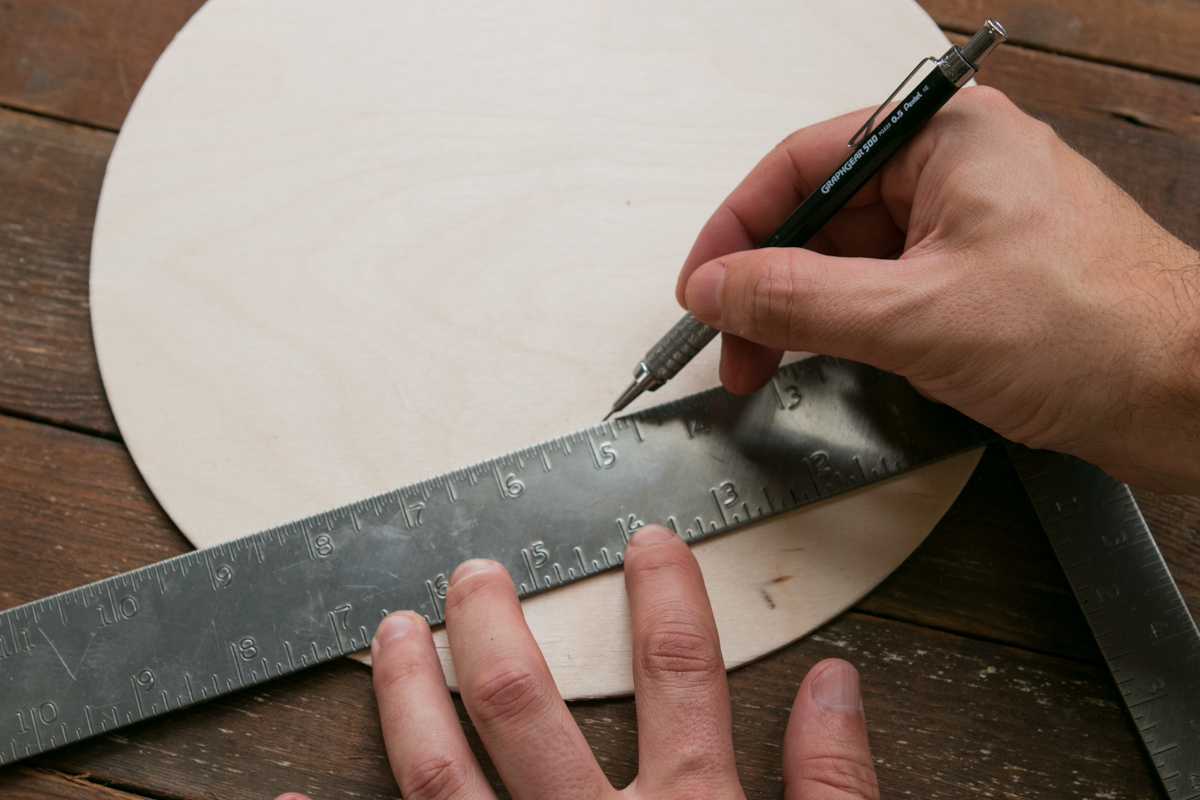
Lay your ruler across the circle. You can do this anywhere, other than the exact diameter of the circle. Place one side on the edge, and rotate the ruler until you hit a nice round number on the other side. Note in the photo that the ruler hits the edges at the exact 0″ and 9″ marks. Scribe a line along the ruler.
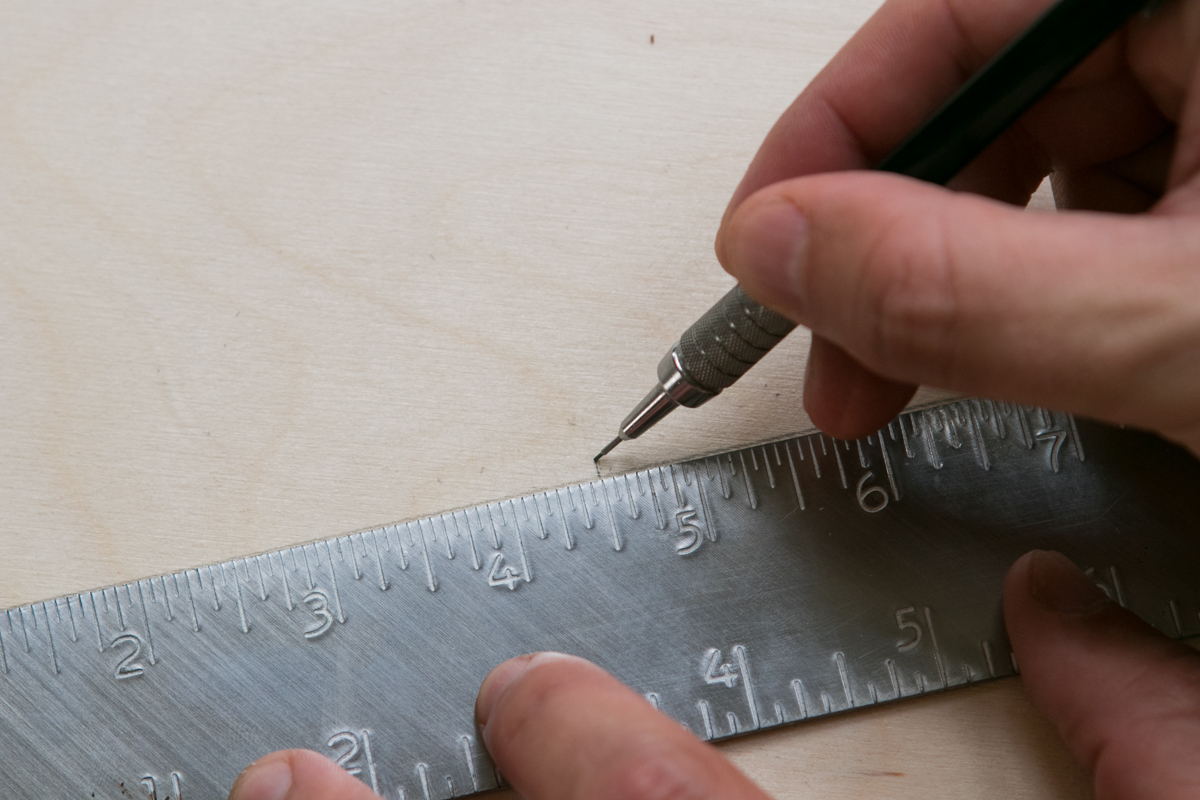
Perhaps you’ll remember from geometry class that what you’ve drawn here is a chord – a straight line whose endpoints both lie on a circle. Find the center point of your chord, and make a small mark. In this example, it’s 4 1/2″.
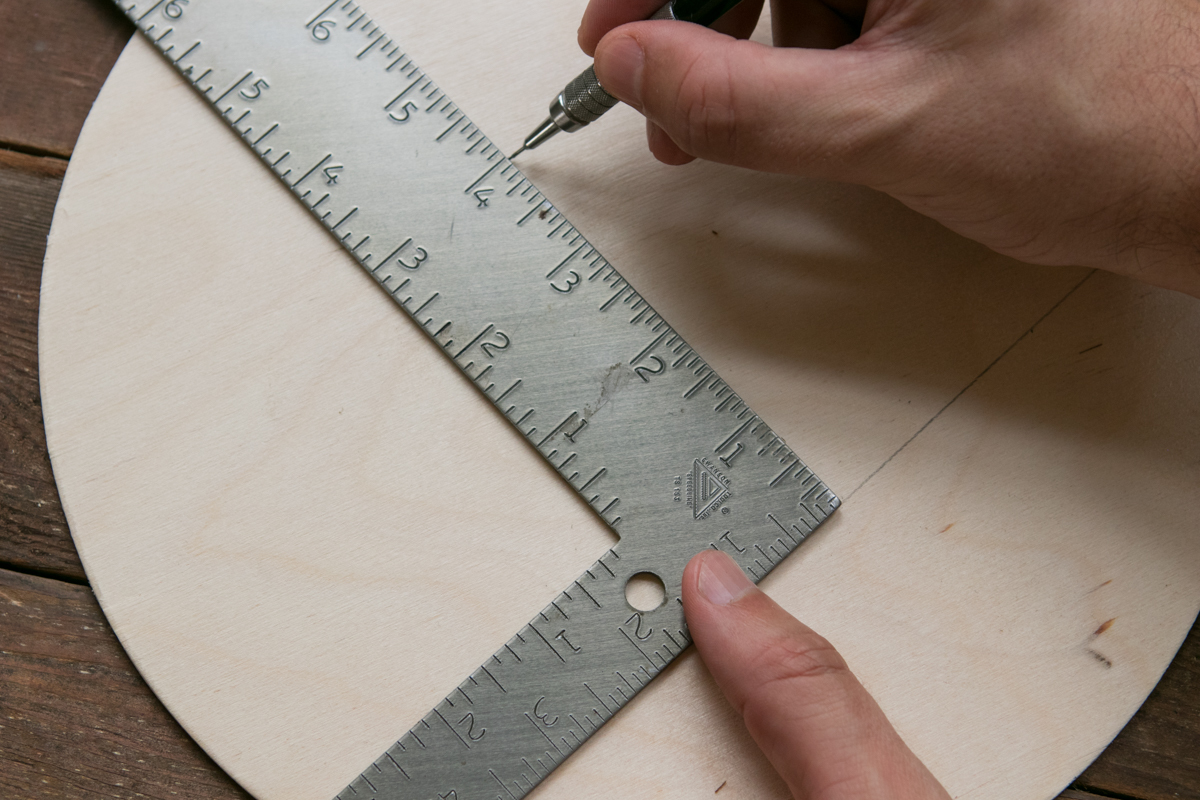
Then, use your square to line up one side along your chord, and the 90° corner at the center tick mark. Draw a line along the opposite edge.
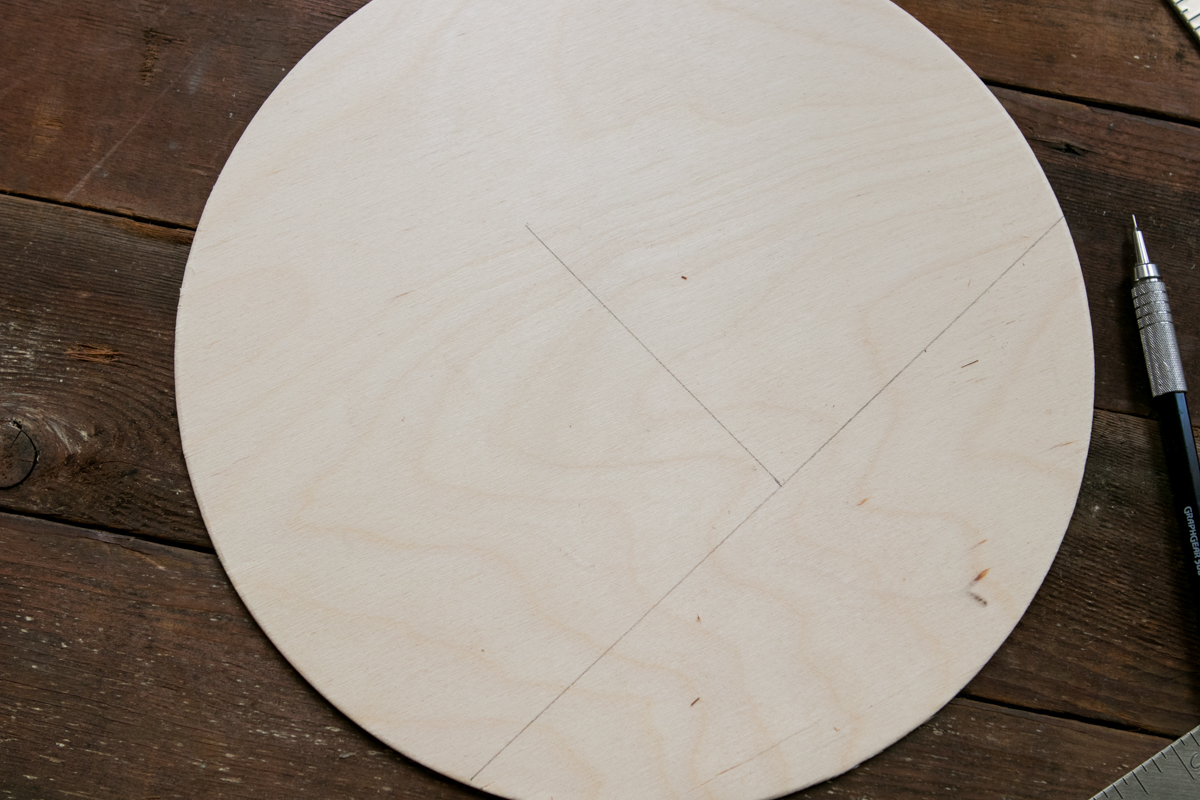
Your circle will look like this. In my case, I have a 9″ chord, and a perpendicular line intersecting at half its distance, 4 1/2″.
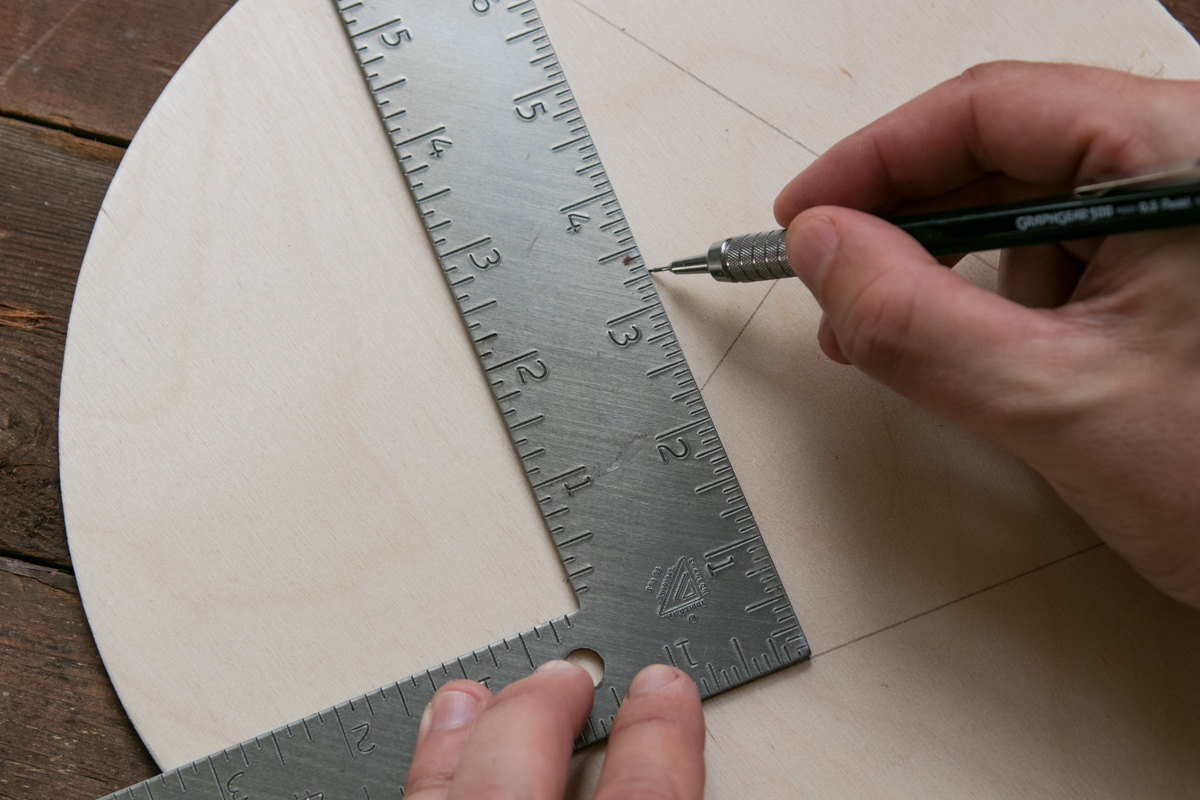
Now, just repeat this process somewhere else on the circle. It doesn’t matter where it is in relationship to the first chord, but you should choose an easily divisible number again to keep things simple.
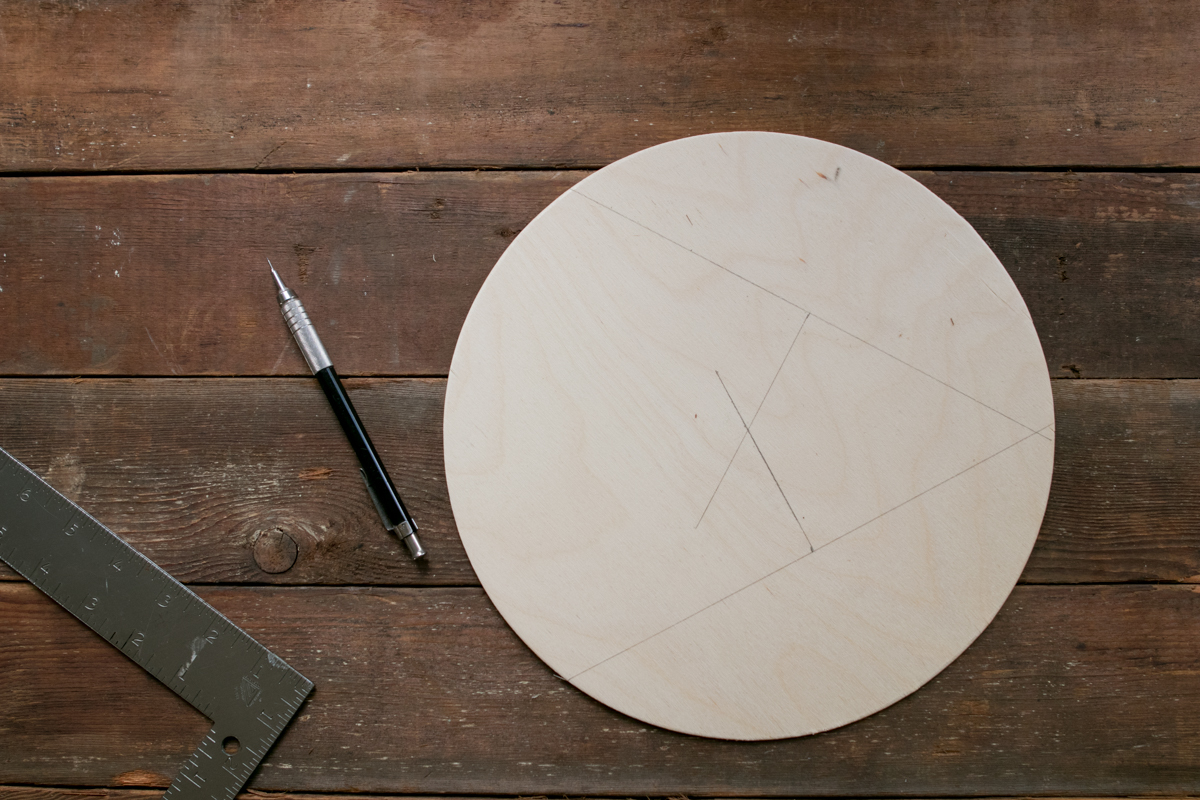
Ta-da! The place where the two perpendicular lines meet is the exact center of the circle. Because that’s how geometry works.
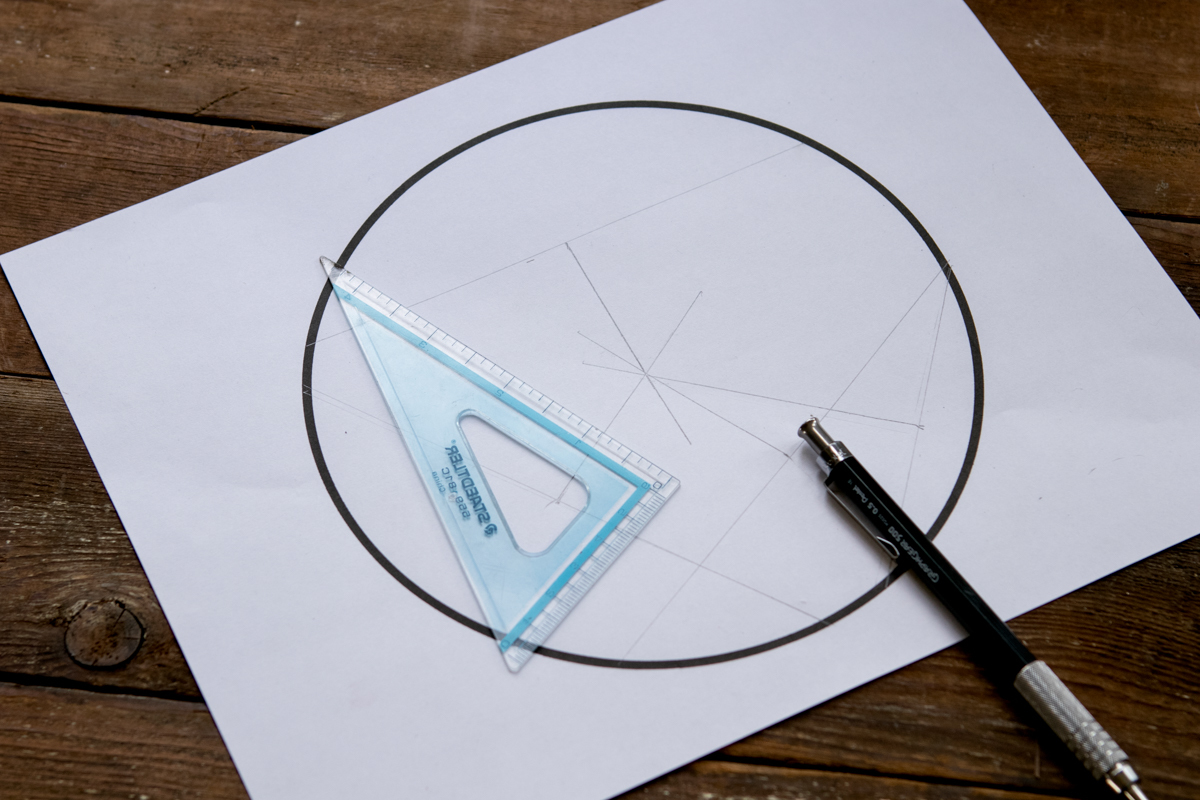
You can repeat the process a few more times, just in case your work wasn’t perfect the first time. This will allow you to take an average of all the cross points to find the center.
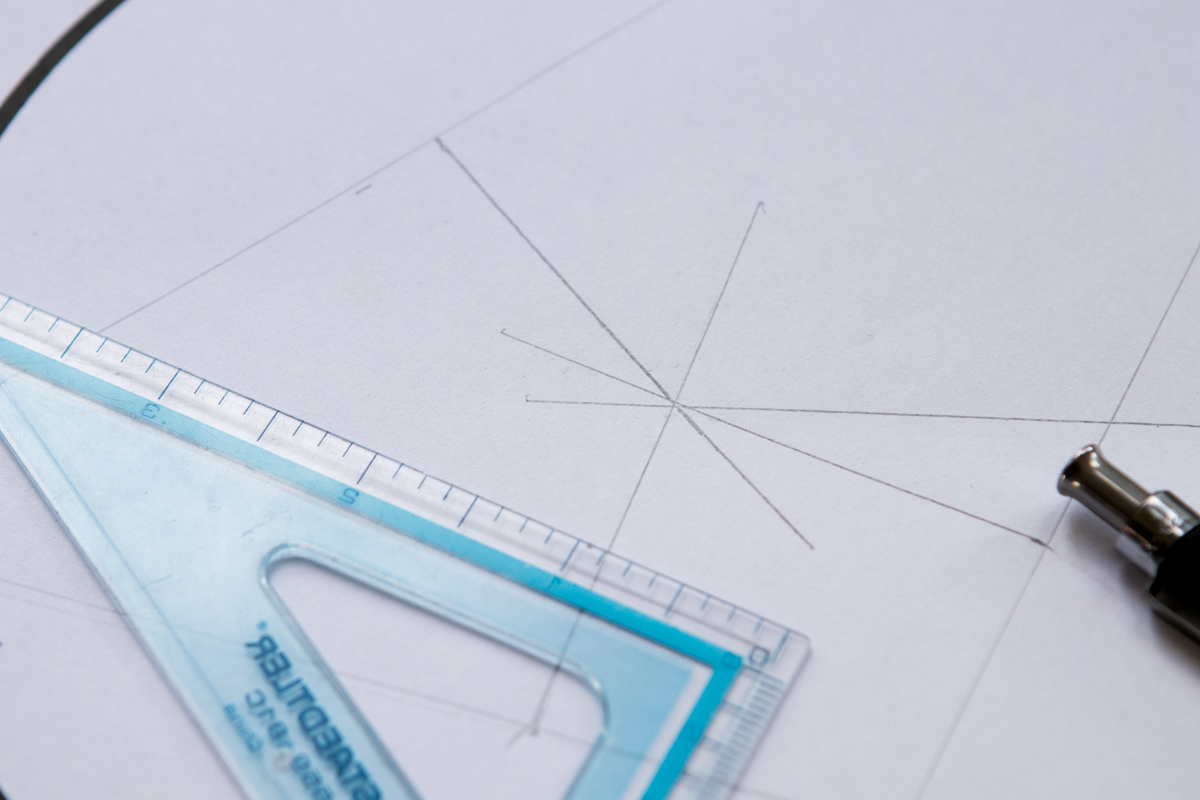
If your measurements are careful, you’ll find all the line will cross at the exact same point. Hooray, math!



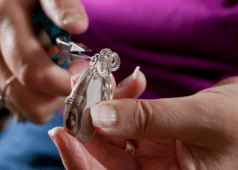
![How To Clean Patio Pavers [Without a Pressure Washer!]](https://www.manmadediy.com/wp-content/uploads/sites/52/2024/06/broom-15377-238x170.png)




